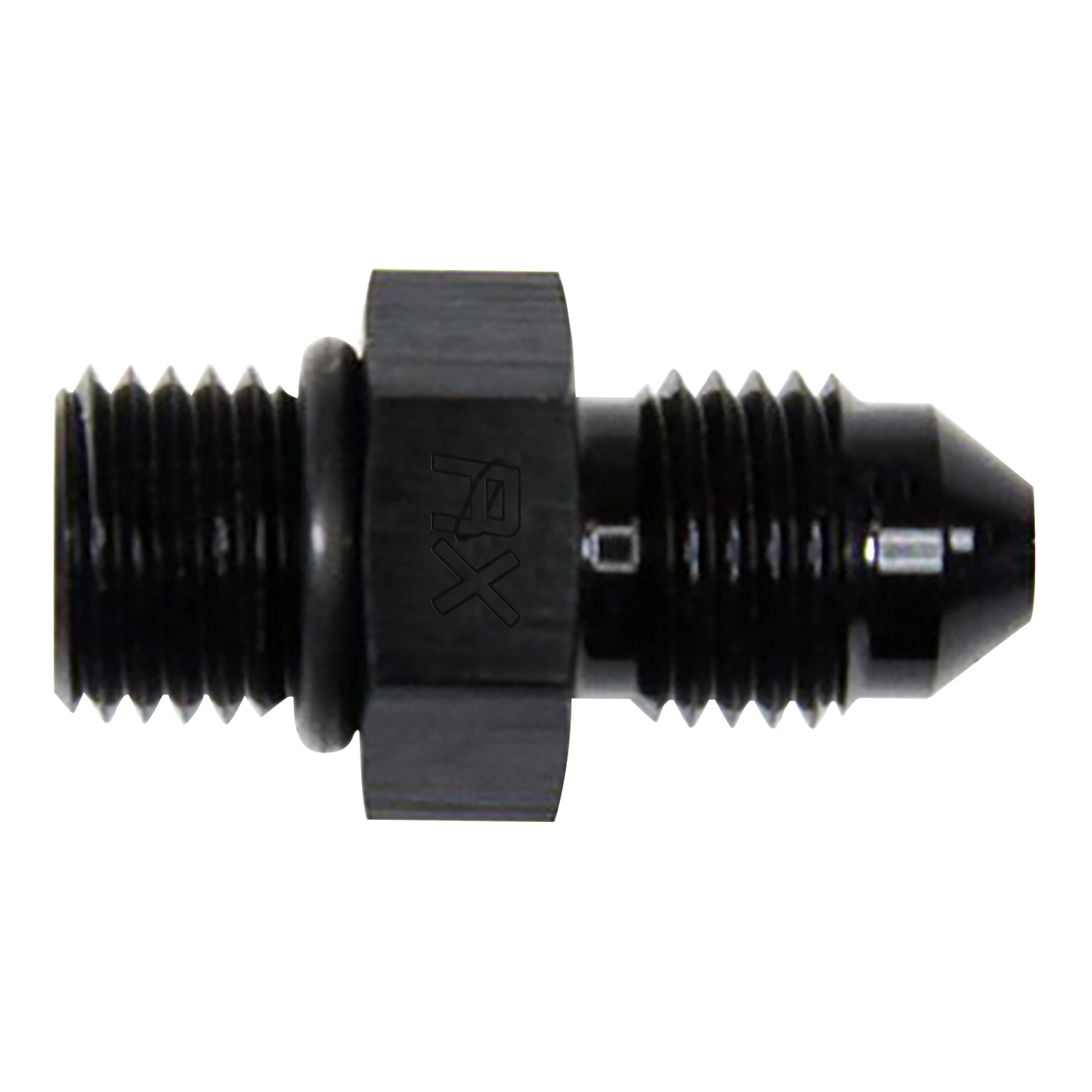ntsqd
heratic car camper
More bleeding after finding some of the connections looser than I'd like. It was a small volume of fluid, before the first air bubble. Maybe or maybe not all of the caliper's fluid volume, but close.
I noticed something that I've checked for in the past and found nothing. This time I did. This truck had ABS, first year. It is gone now, at least all of the parts in the brake plumbing. Because of it's ties into the ECU the brain is still there. For whatever reason the rear drum brake's residual pressure valve (RPV) is located in it's own housing that screws into the master's rear output. Each new master has come with an o-ring to replace the existing o-ring when you transfer this assembly to the new master. I had to take apart the RPV to defeat it while retaining the RPV's body because the output port itself has no way to seal a tube in it*. Today I noticed a small spot of liquid on the ground under the master. Looking and feeling around all of the connections I found, for the first time, some wetness at the junction between the main body of the RPV and it's "cap". It tightened a little more, we'll see if that was enough.
*Seeing that wetness got me to thinking about creating just such a one piece part. One that will screw into the master and have an inverted flare tube fitting without it having the whole RPV body.
I noticed something that I've checked for in the past and found nothing. This time I did. This truck had ABS, first year. It is gone now, at least all of the parts in the brake plumbing. Because of it's ties into the ECU the brain is still there. For whatever reason the rear drum brake's residual pressure valve (RPV) is located in it's own housing that screws into the master's rear output. Each new master has come with an o-ring to replace the existing o-ring when you transfer this assembly to the new master. I had to take apart the RPV to defeat it while retaining the RPV's body because the output port itself has no way to seal a tube in it*. Today I noticed a small spot of liquid on the ground under the master. Looking and feeling around all of the connections I found, for the first time, some wetness at the junction between the main body of the RPV and it's "cap". It tightened a little more, we'll see if that was enough.
*Seeing that wetness got me to thinking about creating just such a one piece part. One that will screw into the master and have an inverted flare tube fitting without it having the whole RPV body.
Last edited:
















